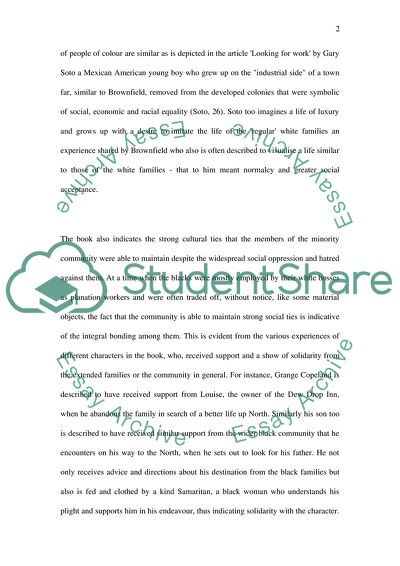Cite this document
(The Third Life of Grange Copeland Book Report/Review Example | Topics and Well Written Essays - 1500 words, n.d.)
The Third Life of Grange Copeland Book Report/Review Example | Topics and Well Written Essays - 1500 words. https://studentshare.org/history/1871411-choose-one-option-from-those-listed-below
The Third Life of Grange Copeland Book Report/Review Example | Topics and Well Written Essays - 1500 words. https://studentshare.org/history/1871411-choose-one-option-from-those-listed-below
(The Third Life of Grange Copeland Book Report/Review Example | Topics and Well Written Essays - 1500 Words)
The Third Life of Grange Copeland Book Report/Review Example | Topics and Well Written Essays - 1500 Words. https://studentshare.org/history/1871411-choose-one-option-from-those-listed-below.
The Third Life of Grange Copeland Book Report/Review Example | Topics and Well Written Essays - 1500 Words. https://studentshare.org/history/1871411-choose-one-option-from-those-listed-below.
“The Third Life of Grange Copeland Book Report/Review Example | Topics and Well Written Essays - 1500 Words”. https://studentshare.org/history/1871411-choose-one-option-from-those-listed-below.


